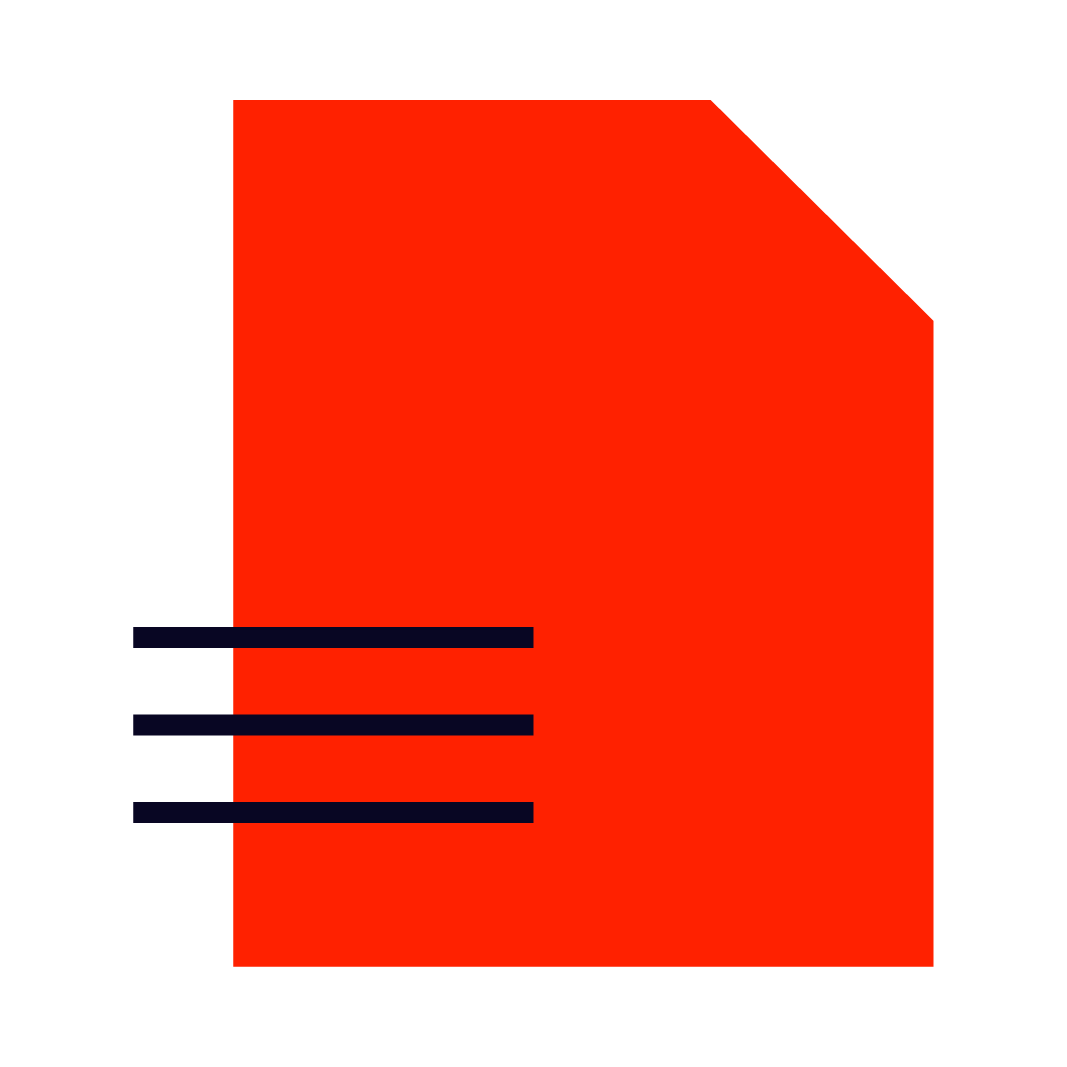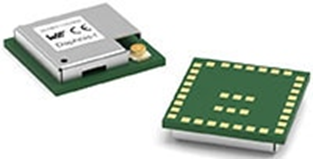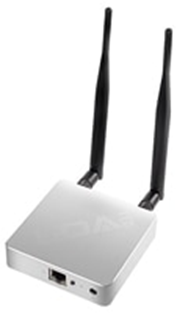 ArticleOverview
ArticleOverview
In this article, DigiKey introduces the low power consumption and long-range communication advantages of LoRa technology, as well as its wide applications in the Internet of Things (IoT) and future innovative directions.
LoRa (Long Range) is a low-power wide-area network (LPWAN) communication technology. It is a new wireless modulation method designed specifically for long-range connections and low-power communication. It is mainly used in IoT (IoT) applications that require long-range communication, low power consumption, high reliability, and low data rates.
In open spaces, its communication range can exceed 10 kilometers, while in urban environments, its range is typically a few kilometers. This makes it an excellent choice for large-scale IoT applications.
LoRaWAN defines the system architecture and communication protocol of the network. It is the network layer protocol of LoRa promoted by the LoRa Alliance.The LoRa Alliance has established a comprehensive standardized protocol system and promotes a collaborative ecosystem among multiple manufacturers.

DigiKey offers: Würth Elektronik Daphnis-I Radio Module designed specifically for LoRaWAN applications.

DigiKey offers:EDATECED-GWL2010 is a compact high-performance indoor LoRaWAN gateway built on the Raspberry Pi 4 platform.
LoRa Leads the IoT Revolution: Key Advantages and Innovations
Low Power Consumption: LoRa technology is designed for energy-efficient operation, allowing devices to transmit data with minimal energy consumption. Therefore, devices equipped with LoRa can have a battery life of 5 to 10 years, making it ideal for applications where frequent battery replacement is challenging.
Data Rate and Communication Distance: It supports data rates from 0.3 kbps to 50 kbps. Although relatively low compared to high-power protocols, this is sufficient for sensor data transmission in IoT applications.
Chirp Spread Spectrum (CSS) Technology: LoRa employs Chirp Spread Spectrum (CSS) technology, enhancing noise immunity and anti-interference capabilities, enabling stable data transmission even in complex environments. With strong anti-interference characteristics, a single LoRa gateway can support thousands to tens of thousands of nodes, making it very suitable for large-scale IoT applications.
Frequency Bands and Security: LoRaWAN operates in unlicensed ISM frequency bands (Europe 868MHz, Americas 915MHz, Asia 433MHz), eliminating the need for high spectrum licensing costs. It supports AES-128 encryption, ensuring secure and reliable data transmission.
Application Areas: As one of the leading LPWAN (Low Power Wide Area Network) technologies, LoRa is widely used in smart cities, smart agriculture, environmental monitoring, energy management, and industrial automation.LoRa is also continuously expanding into new applications such as precise positioning, medical monitoring, logistics tracking, and smart home solutions.
Future Innovations and Market Potential:
-
LoRa Chip / Module Evolution: Supporting more efficient and lower power applications.
-
LoRa Edge : Achieving low-power positioning and end-to-end IoT solutions.
-
Integration with AI and Edge Computing: Enhancing sustainable smart applications in areas such as smart agriculture and ecological protection.
-
Network Deployment and Management Tool Upgrades: Reducing operational costs.
-
Strong Market Potential: With advantages of low power consumption, long communication distance, and cost-effectiveness, LoRa will continue to play a key role in the ever-expanding IoT field.
DigiKey provides more information on LoRa, welcome to click “Read More” to learn more~



“Star” us, and don’t miss fresh cases and industry insights
